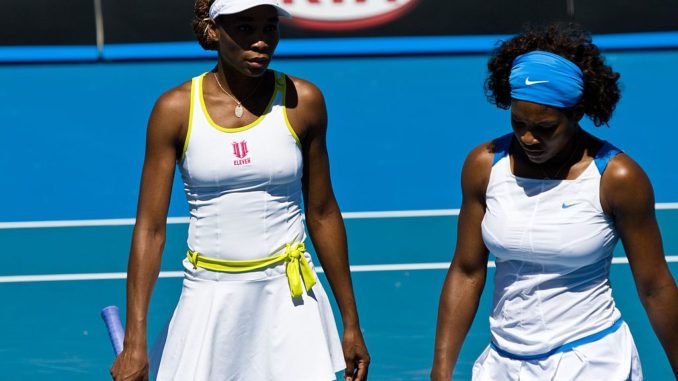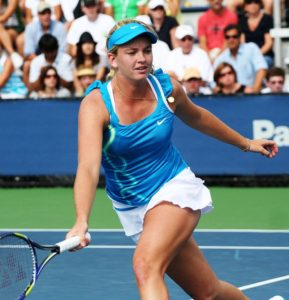
Serena Williams, who this week suffered the heaviest defeat of her professional career to date, when she was thrashed by Britain’s Johanna Konta in the first round of the Silicon Valley classic, believes she is the victim of discrimination.
The cause of her complaint is the number of times she has been drug-tested this year, which saw her take to twitter to say “it’s that time of the day to get ‘randomly’ drug tested and only test Serena. Out of all the players it’s been proven I’m the one getting tested the most. Discrimination? I think so. At least I’ll be keeping the sport clean #StayPositive”.
But is she right? Is there discrimination and is it proven?
Her claims emerged after a post on the Deadspin website revealed that, according to the USADA (United States Anti-Doping Agency) website, the multiple Grand Slam winner, Williams had been tested five times between January and June this year, compared to compatriots Sloane Stephens, and Madison Keys, who were tested once, and sister Venus and Coco Vandeweghe who were examined twice. She was also tested more than any of the top five American men players.
US Open Live Streaming | US Open Tips | US Open Tickets | Premium Tennis Tips
On the face of it then, Williams, who was particularly incensed when a tester turned-up unannounced outside her Florida home in June when she was out, has a prima facie case.
Except the situation is not so clear cut as that.
USADA are not the only agency authorised to conduct random drug tests on athletes. There is also WADA (the World Anti-Doping Agency) and the ITF (the International Tennis Federation), although, in practice, it is the ITF who carry out the vast majority of testing on tennis players.
The ITF only presents its figures on an annual basis, so we will need to wait until the end of the year to make direct comparisons, but, in 2016 Williams was tested by the combined agencies a minimum of 19 times, Keys 16 times, and Venus 18 times. That does not suggest overt discrimination.
 Furthermore, the jurisdiction of the doping agency depends on where the player is located at the time. Williams has spent most of this year in the US, so naturally her tests would fall within the purview of the USADA.
Furthermore, the jurisdiction of the doping agency depends on where the player is located at the time. Williams has spent most of this year in the US, so naturally her tests would fall within the purview of the USADA.
However, most of her main rivals have been playing overseas, so their testing would have come under the auspices of the other agencies. In other words, Williams and her followers cannot just use the USADA figures to allege a conspiracy.
Furthermore, as confirmed by Richard Ings, the former head of Australian anti-doping and ex-anti-corruption officer for tennis, there is a standard policy for any elite athlete over 30, who returns to competition after an extended absence, to be subject to additional testing.
36-year old Williams, who missed a large part of 2017 including the French Open, Wimbledon and the US Open, and the early part of this year on maternity leave, falls firmly in this camp.
Williams has never been found guilty of any doping offences in her career and there is no suspicion that she has ever fallen foul of the rules. Yet, whilst she may not like the current doping regime, or the frequency with which she has been tested, there is no definitive proof to suggest she is being singled-out in any way.
Be the first to comment